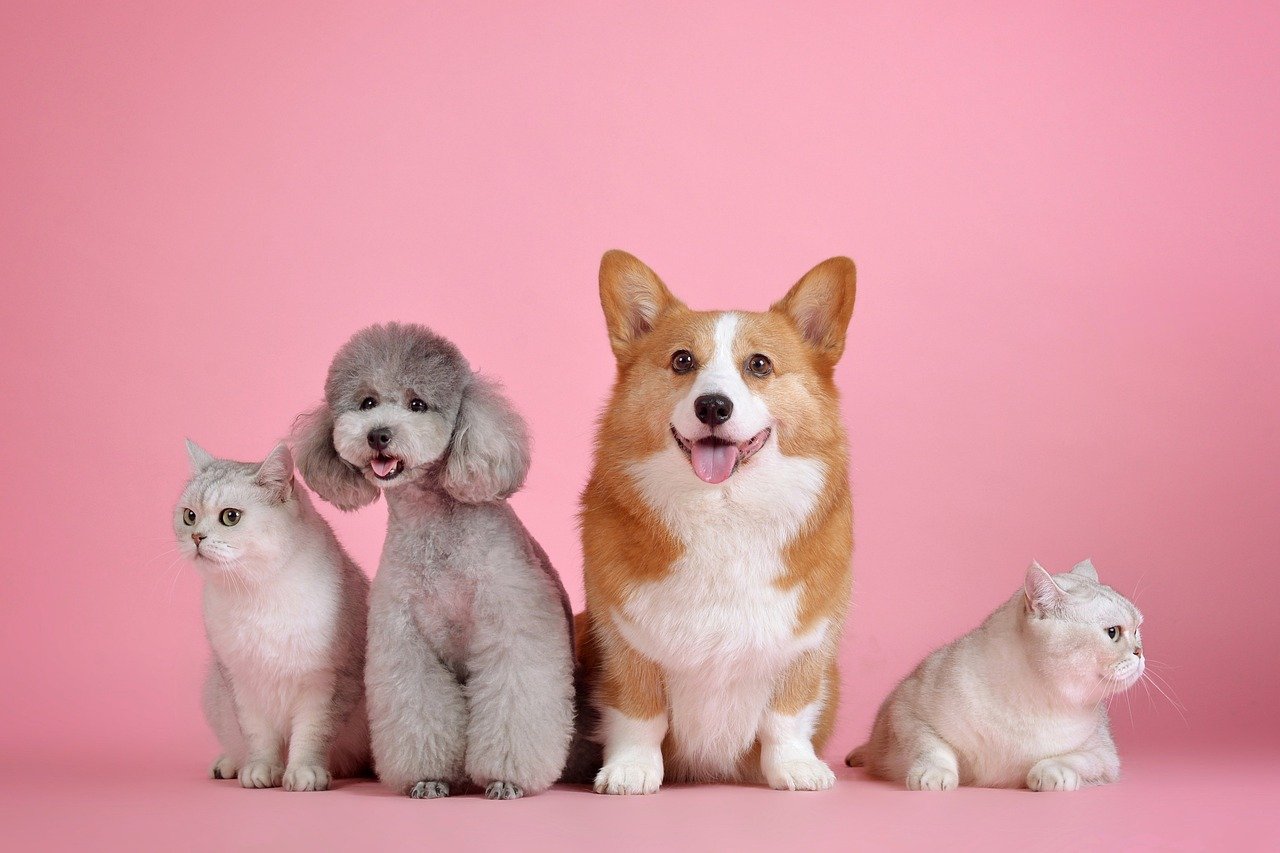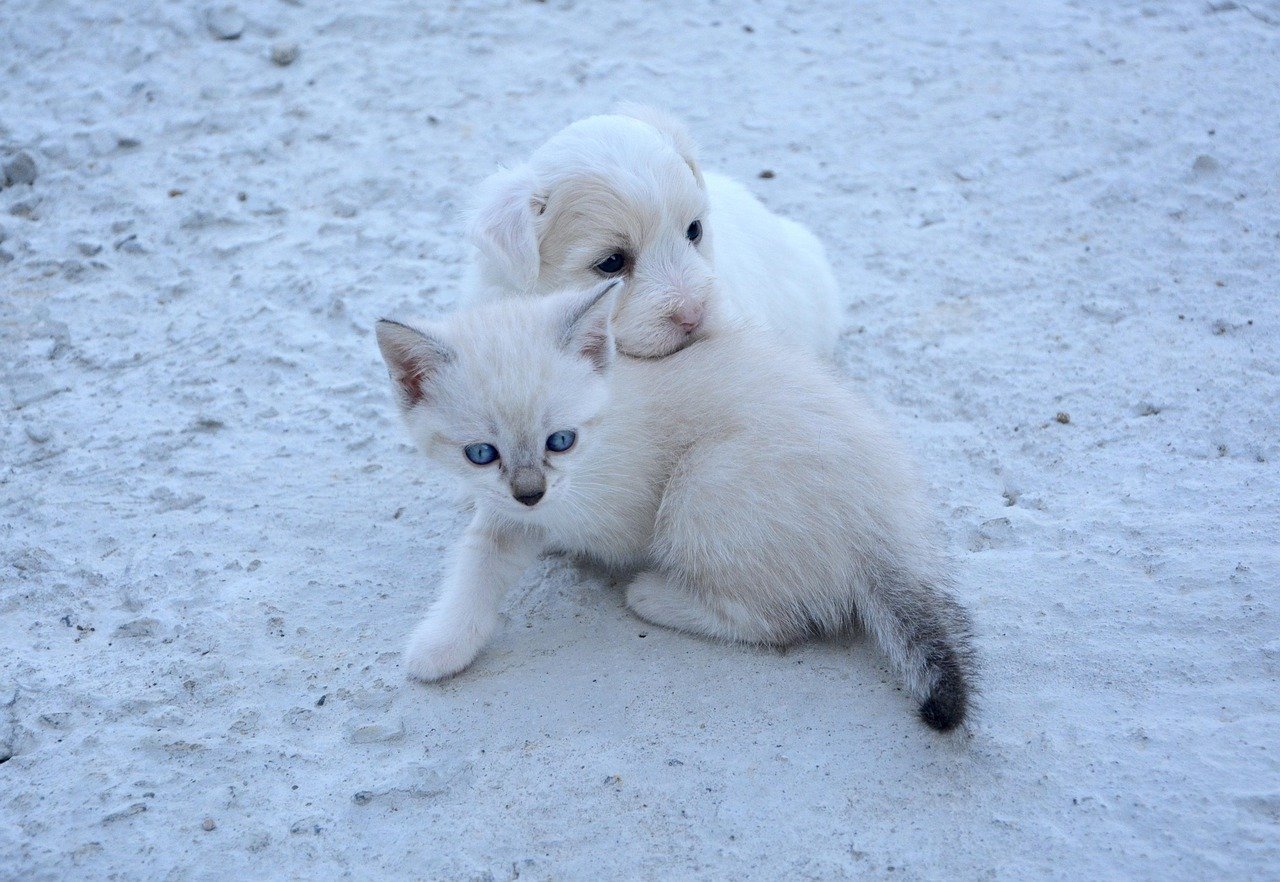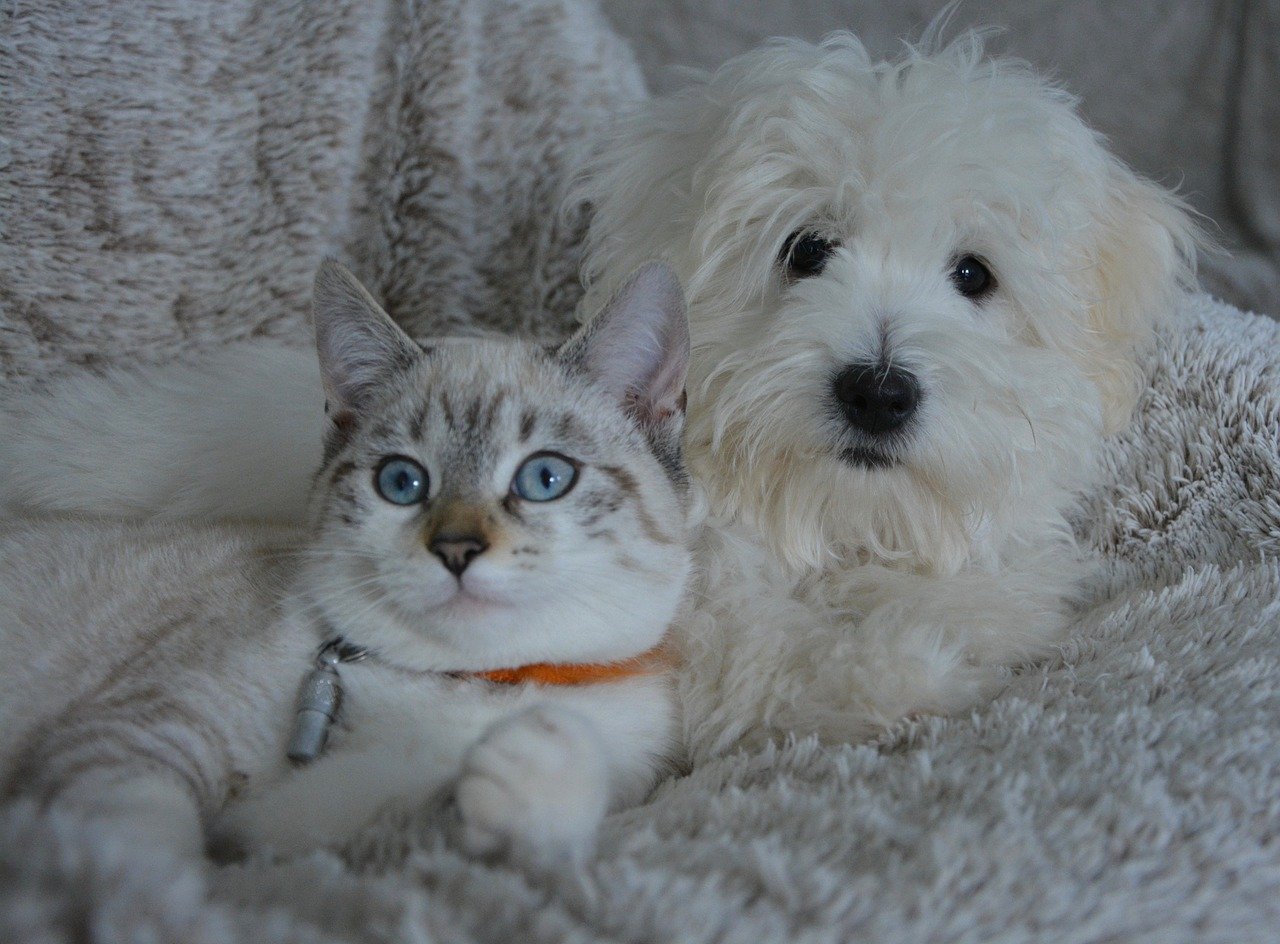Welcoming a new pet into your home can be an exciting yet nerve-wracking experience, especially if you already have a resident cat. Cats are known for their independent nature, but they are also capable of forming deep bonds with other animals under the right circumstances. Understanding how your feline friend can develop friendships with other household creatures can help foster a peaceful and harmonious living environment. Let’s explore the fascinating ways in which your cat can bond with other animals in your home.
Understanding Feline Social Behavior
Cats are often perceived as solitary animals, but this is not entirely accurate. In the wild, cats can be both solitary and social, depending on their environment. Domestic cats, in particular, have adapted to living with humans and other animals. They use a variety of social cues, such as body language, vocalizations, and scent marking, to communicate and form relationships. Understanding these behaviors can be the first step in helping your cat bond with other animals in the house.
The Importance of Gradual Introduction
Introducing a new animal to a household with a resident cat requires patience and care. A gradual introduction is crucial in preventing stress and conflict. Start by allowing the animals to become familiar with each other’s scent before any face-to-face meetings. This can be done by swapping bedding or toys between the animals. Once they are comfortable with each other’s presence, supervised interactions can begin. This slow and steady approach can significantly increase the chances of a successful bond.
Recognizing Signs of Acceptance
When a cat begins to accept another animal, there are clear signs to watch for. Your cat may start by showing curiosity, such as sniffing or observing from a distance. As they grow more comfortable, they might engage in play or grooming behaviors. Cats often express their acceptance through relaxed body language, such as a calm tail, soft eyes, and gentle purring. Recognizing these signs can help you gauge the progress of their budding friendship.
The Role of Safe Spaces
Cats, like people, need their own space to retreat and unwind. Providing a safe space for your cat, such as a cozy bed or perch, can help them feel secure when sharing their home with other animals. This space should be easily accessible and free from disturbance by other pets. Knowing they have a personal sanctuary can make your cat more open to interacting with new animal companions, as it reduces feelings of being overwhelmed.
Encouraging Positive Interactions
Positive interactions between your cat and other animals can be encouraged through play and shared experiences. Engage both pets in activities that they enjoy, such as playing with toys or exploring the outdoors on a leash. Shared positive experiences can create a bond and help them associate each other with good feelings. Always supervise these interactions to ensure they remain friendly and stress-free.
Understanding Different Animal Dynamics

Each animal species has its own unique social dynamics, and understanding these can aid in fostering bonds. For instance, dogs are pack animals and may naturally seek companionship, whereas rabbits and rodents might be more cautious. Observing how these different animals interact with your cat can provide insights into how best to facilitate their relationship. Tailoring your approach based on the specific animals involved can lead to more successful bonds.
The Influence of Personality

Just like humans, animals have distinct personalities that can influence their interactions with each other. Some cats are naturally more sociable and open to forming bonds, while others may be more reserved. Similarly, the personalities of other animals in the house can impact the bonding process. Understanding and respecting these individual traits is key to nurturing harmonious relationships. Being patient and allowing personalities to shine through can lead to unexpected friendships.
Using Scent as a Bonding Tool

Scent plays a significant role in how cats perceive and interact with the world around them. By exchanging scents between your cat and other animals, you can help them become accustomed to each other. This can be achieved by gently rubbing a cloth on one animal and placing it in the other’s space. Over time, this scent exchange can reduce any initial apprehensions and promote a sense of familiarity, paving the way for bonding.
Common Challenges and Solutions
While many cats can successfully bond with other animals, challenges can arise. Common issues include territorial disputes, jealousy, or miscommunication between species. Addressing these challenges requires patience and understanding. Providing separate resources, such as food bowls and litter boxes, can help alleviate territorial tensions. Additionally, observing interactions and intervening when necessary can prevent conflicts and promote harmony.
Strengthening Bonds Over Time
Building a strong bond between your cat and other animals is an ongoing process. Over time, shared experiences and mutual respect can deepen their relationship. Regularly engaging in activities that both animals enjoy and ensuring they have positive interactions can reinforce their bond. As trust grows, you may notice them seeking each other’s company more frequently, indicating a successful and lasting friendship.
In conclusion, while forming a bond between your cat and other household animals can take time and effort, the rewards are well worth it. By understanding your cat’s behavior, facilitating gradual introductions, and encouraging positive interactions, you can nurture a peaceful coexistence. With patience and care, your home can become a haven of harmony for all its furry inhabitants.

Linnea is a born and bred Swede but spends as much time as possible in Cape Town, South Africa. This is mainly due to Cape Town’s extraordinary scenery, wildlife, and atmosphere (in other words, because Cape Town is heaven on earth.) That being said, Sweden’s majestic forests forever hold a special place in her heart. Linnea spends as much time as she can close to the ocean collecting sea shells or in the park admiring puppies.






